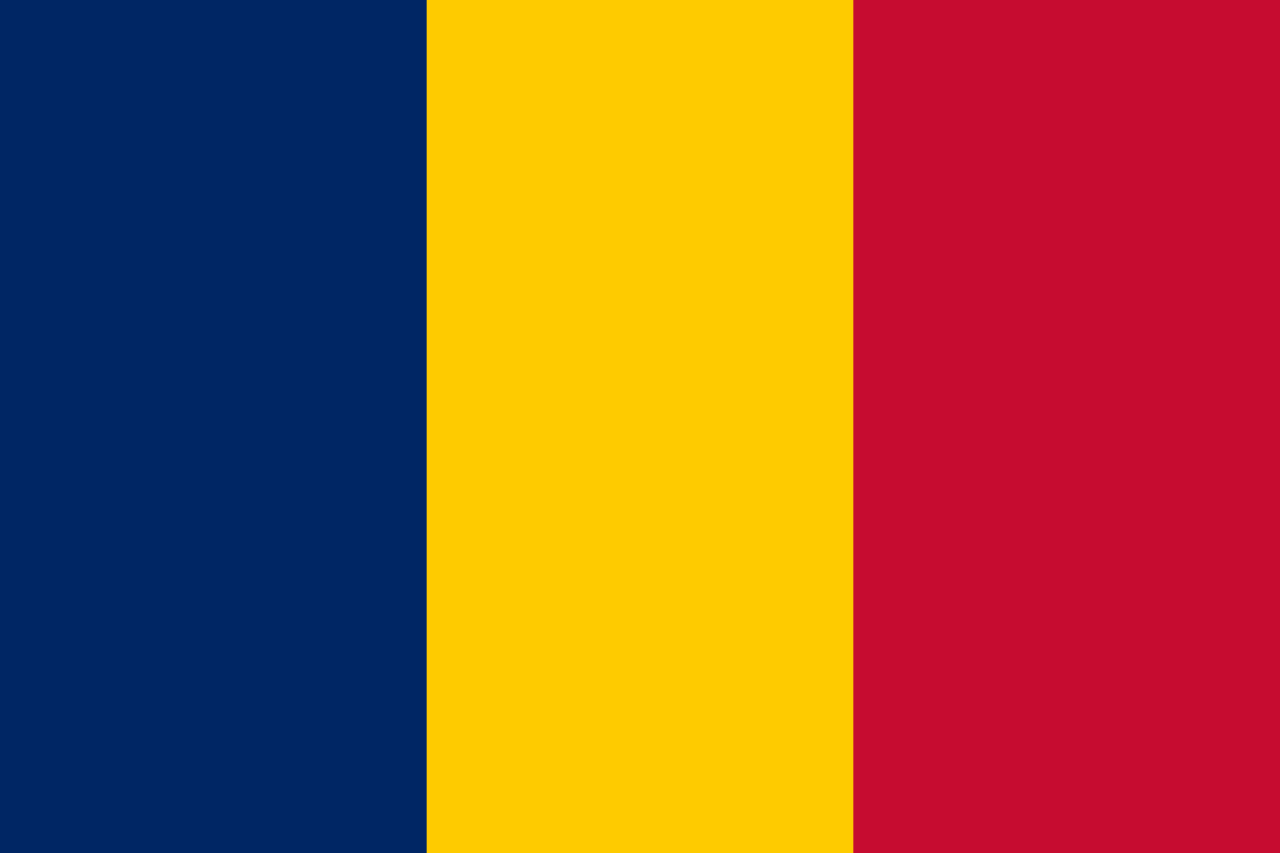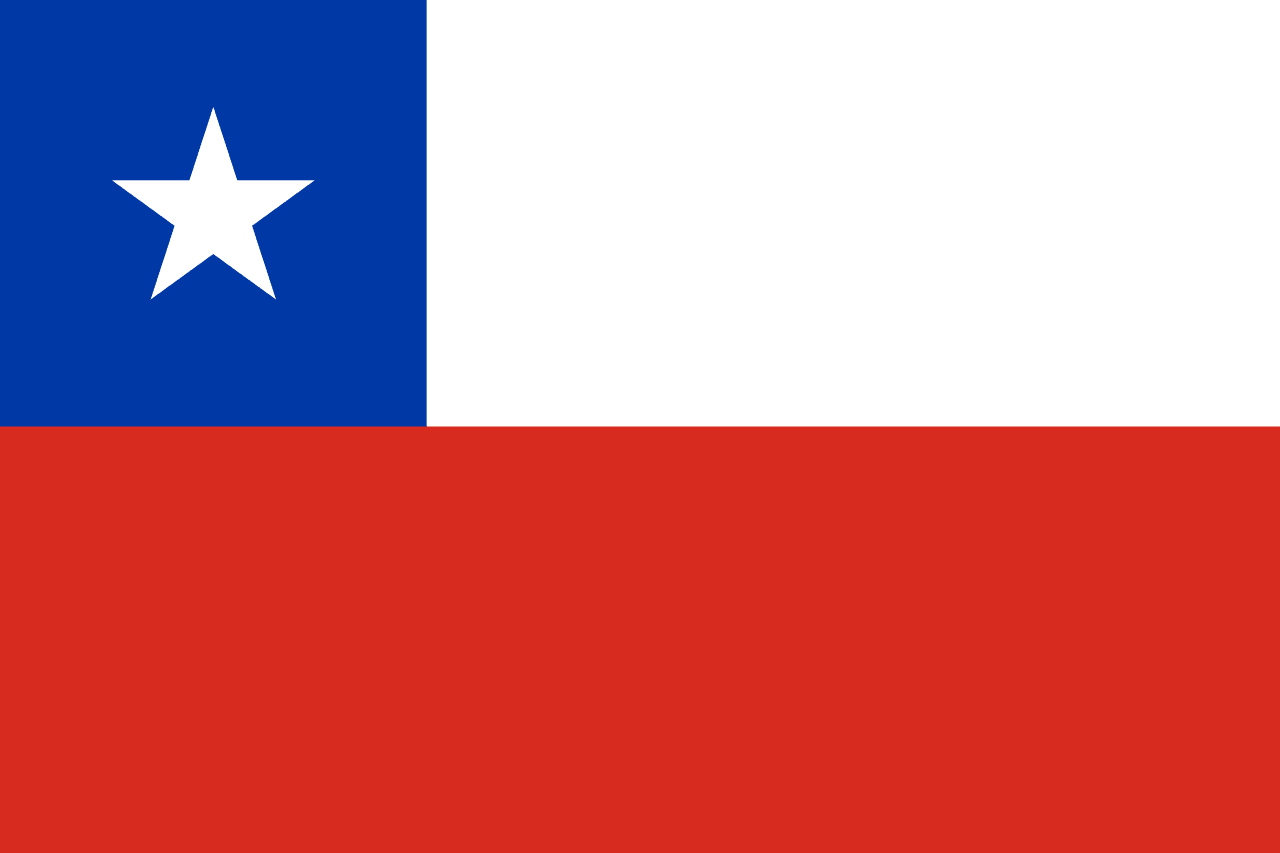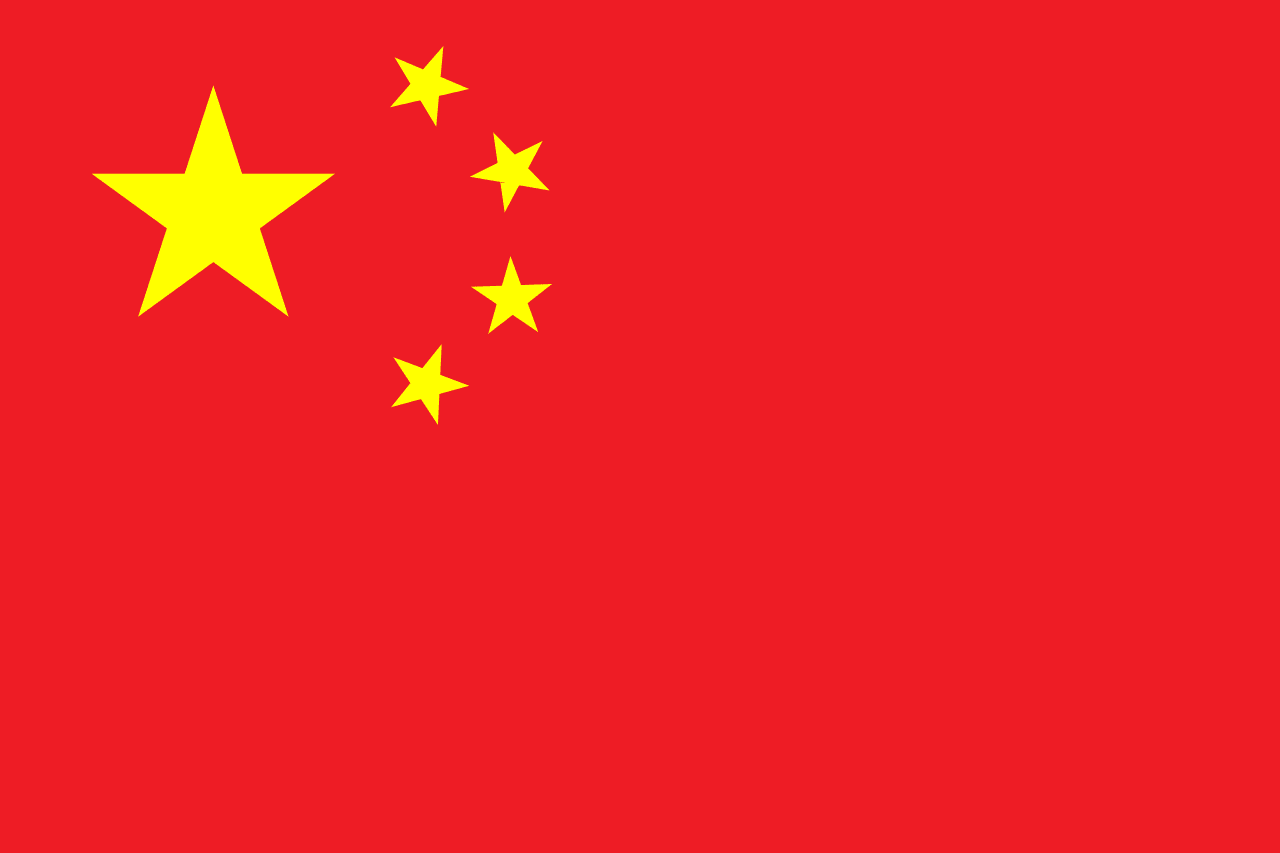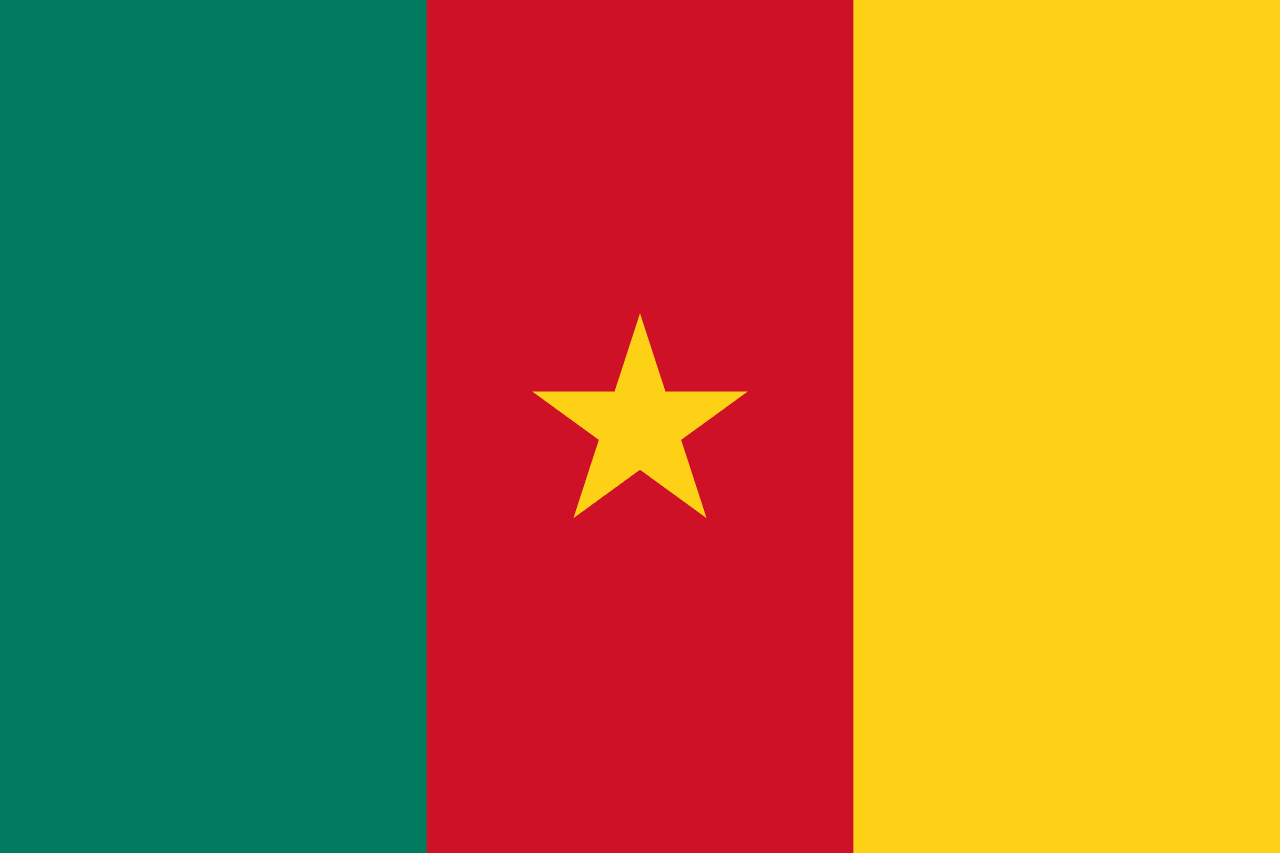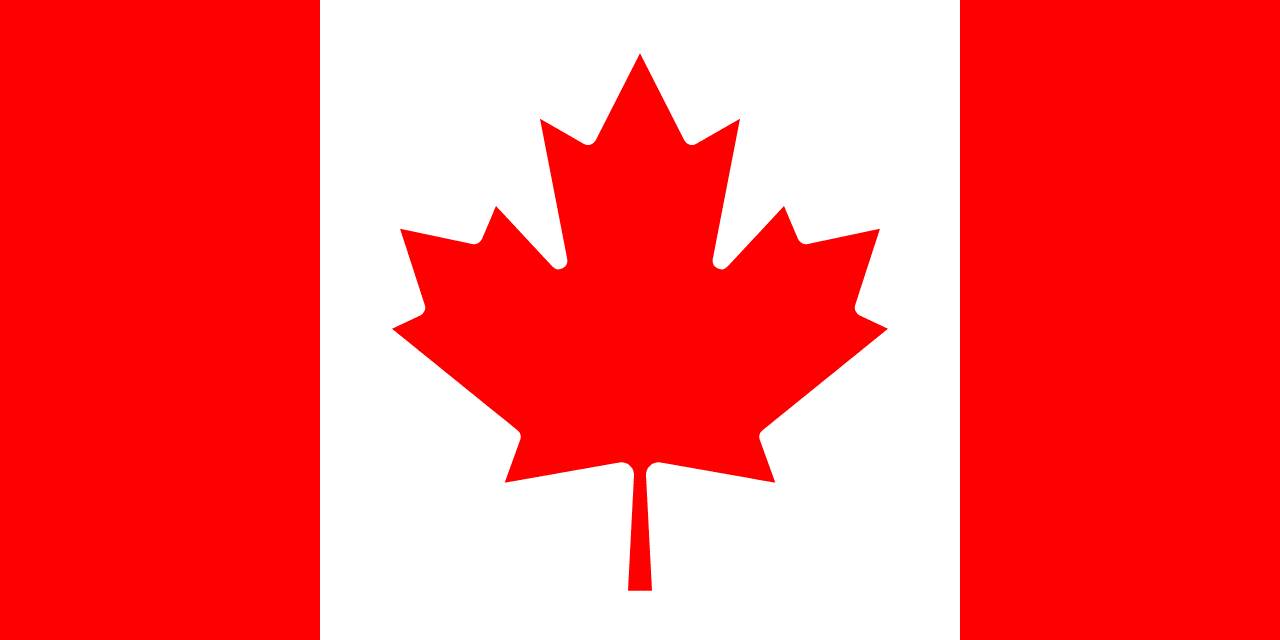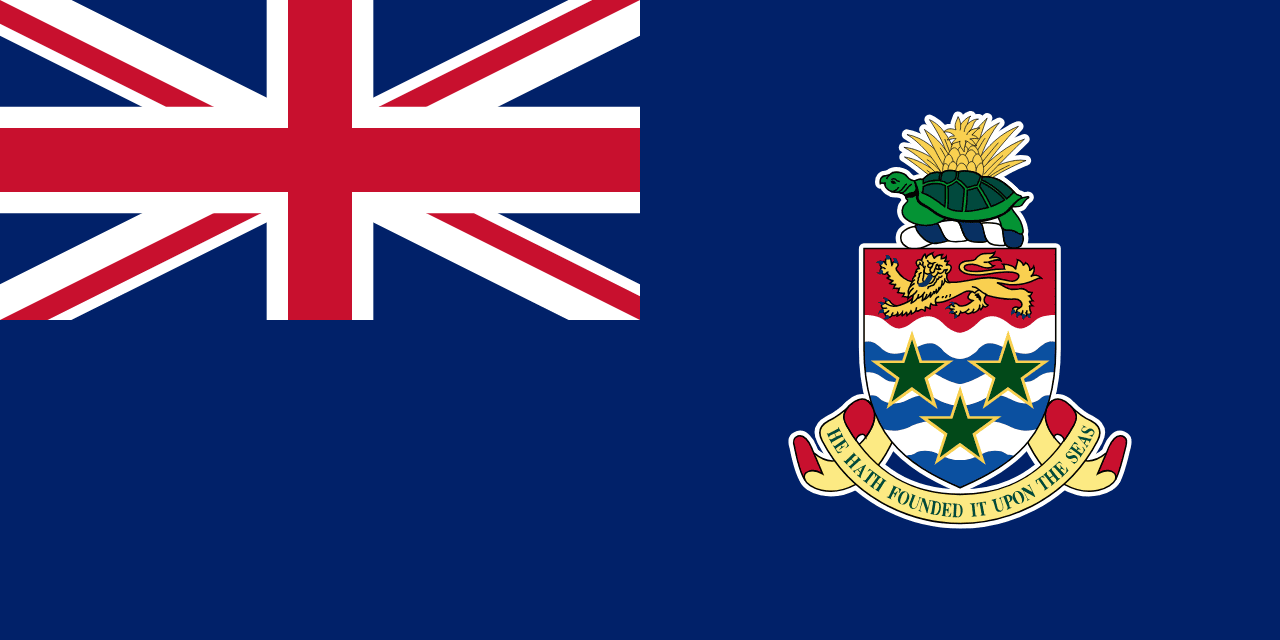The flag of the Central African Republic consists of four horizontal stripes of blue, white, green, and yellow, with a vertical red stripe in the center and a yellow star in the upper left corner. This vibrant design encapsulates the nation's history, diversity, and aspirations.
Central African Republic information
| National Flag Day | December 1 |
| Sovereign state | Yes |
| Official name | Central African Republic |
| Capital | Bangui |
| Population | 5,532,436 |
| Area | 622,984 km² |
| Currency | Central African CFA franc (XAF) |
| Language | Sango, French |
| Continent | Africa |
| Region | Central Africa |
| Subregion | East-Central Africa |
| Borders | Cameroon, Chad, Democratic Republic of the Congo, Republic of the Congo, South Sudan, Sudan |
| Timezone | West Africa Time (WAT) UTC+1 |
| Calling code | +236 |
| Top-level domain | .cf |
History of the Central African Republic flag
 The current flag was officially adopted on December 1, 1958, just two years before the country gained full independence from France. It was designed by Barthélemy Boganda, the country's first prime minister and a key figure in the independence movement. The flag has remained unchanged since its adoption, serving as a constant symbol of national identity through various political changes.
The current flag was officially adopted on December 1, 1958, just two years before the country gained full independence from France. It was designed by Barthélemy Boganda, the country's first prime minister and a key figure in the independence movement. The flag has remained unchanged since its adoption, serving as a constant symbol of national identity through various political changes.
Symbolism and design of the Central African Republic flag
The flag of the Central African Republic is rich in symbolism, with each color and element carefully chosen to represent different aspects of the nation:
- Blue: Represents the sky and freedom.
- White: Symbolizes peace and dignity.
- Green: Represents hope and the country's natural resources, particularly its forests.
- Yellow: Stands for tolerance and the savanna in the northern part of the country.
- Red: The vertical stripe in the center symbolizes the blood that unites all people, as well as the country's struggle for independence.
- The yellow star represents independence and serves as a guiding light for the nation's progress.
The design incorporates pan-African colors (red, yellow, and green) while also including blue and white, which were colors of the French flag, acknowledging the country's colonial history.
Usage and significance of the Central African Republic flag
 The flag of the Central African Republic is a source of national pride and unity. It is prominently displayed during official ceremonies, national holidays, and cultural events. The flag flies on government buildings, schools, and public institutions, serving as a daily reminder of the country's values and aspirations.
The flag of the Central African Republic is a source of national pride and unity. It is prominently displayed during official ceremonies, national holidays, and cultural events. The flag flies on government buildings, schools, and public institutions, serving as a daily reminder of the country's values and aspirations.
Key occasions for flag display include Independence Day (August 13), Republic Day (December 1), and during international events where the Central African Republic is represented, such as in sports competitions or diplomatic missions.
Interesting facts about the Central African Republic flag
- The flag's designer, Barthélemy Boganda, intended the red bar to symbolize the blood that vertically unites the north, south, east, and west of the country.
- The Central African Republic is one of the few countries to feature a vertical stripe on a horizontally striped flag, making its design quite distinctive.
- The star in the upper left corner is reminiscent of the star on the flag of the Democratic Republic of the Congo, reflecting shared regional influences.
- Despite several changes in government since independence, including periods of military rule, the flag has remained constant, underlining its importance as a unifying national symbol.
- The flag's colors are often incorporated into national dress and cultural celebrations, further emphasizing their significance in Central African identity.
